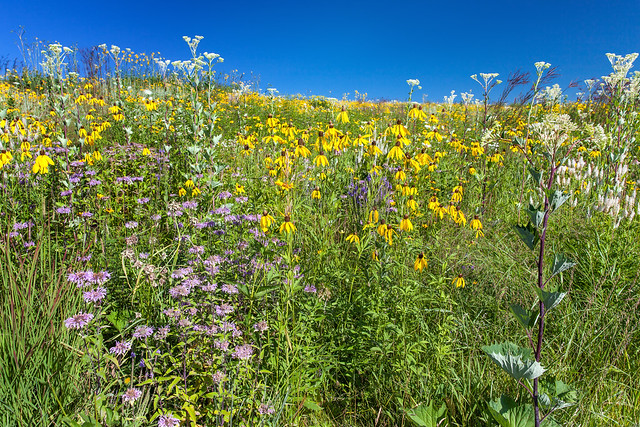Pale Indian Plantain, these tallgrass
prairie flowers rival the prairie’s grasses.
Tall and thick, its stem the deepest red like rhubarb stalks.
Leaves large as a father’s weathered hand hang low on the stem,
rough and ragged. Midway, the leaves are mother-sized hands,
reaching towards the sky and the cluster of
child-sized leaves high on the stalk.
This family of leaves. Orderly.
Can You Buy Real Tramadol Online I stand on the earth, side by side with the Pale Plantain.
It towers above me, statuesque,
hovering over the other prairie flowers,
with an occasional compass plant its only rival.
Its whorl of yellow-green florets gives way to shriveled fibers
signaling another turn of the seasonal cycle.
And late summer drifts towards autumn.












